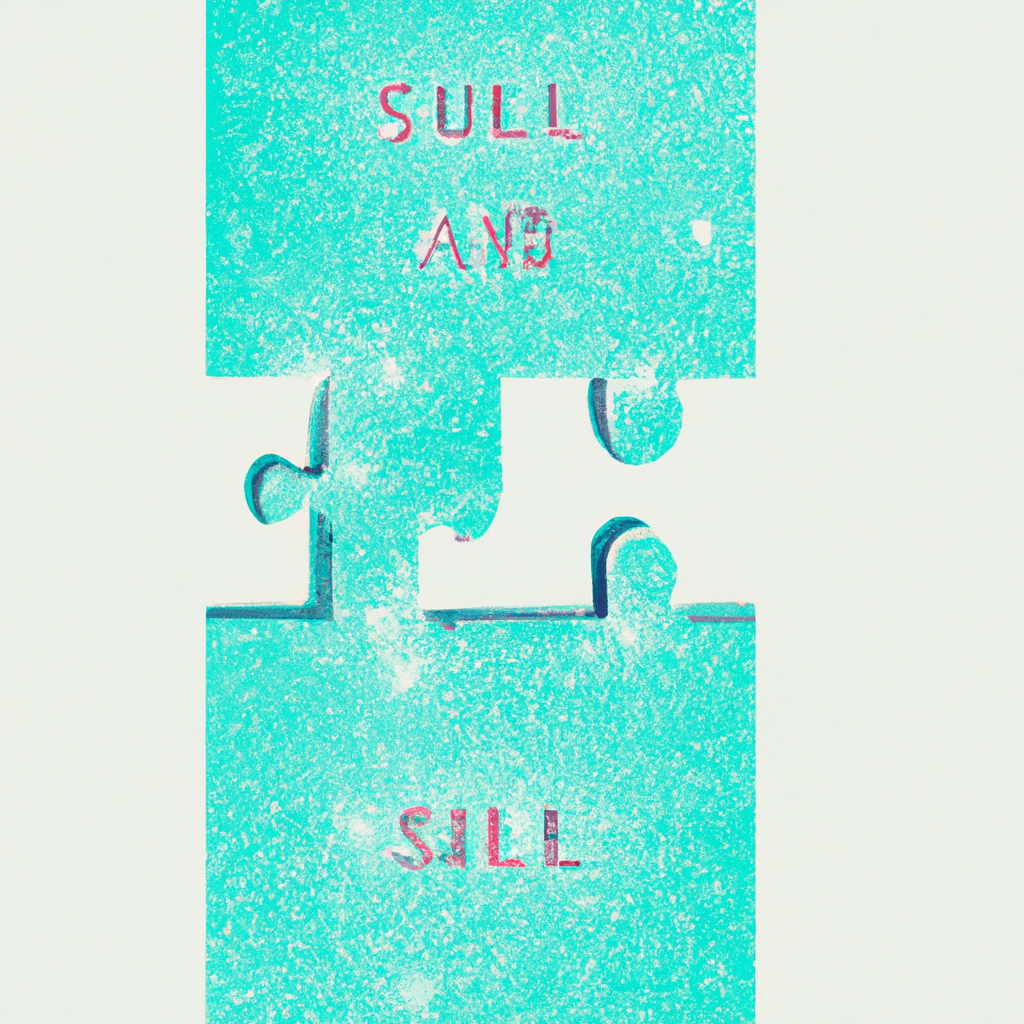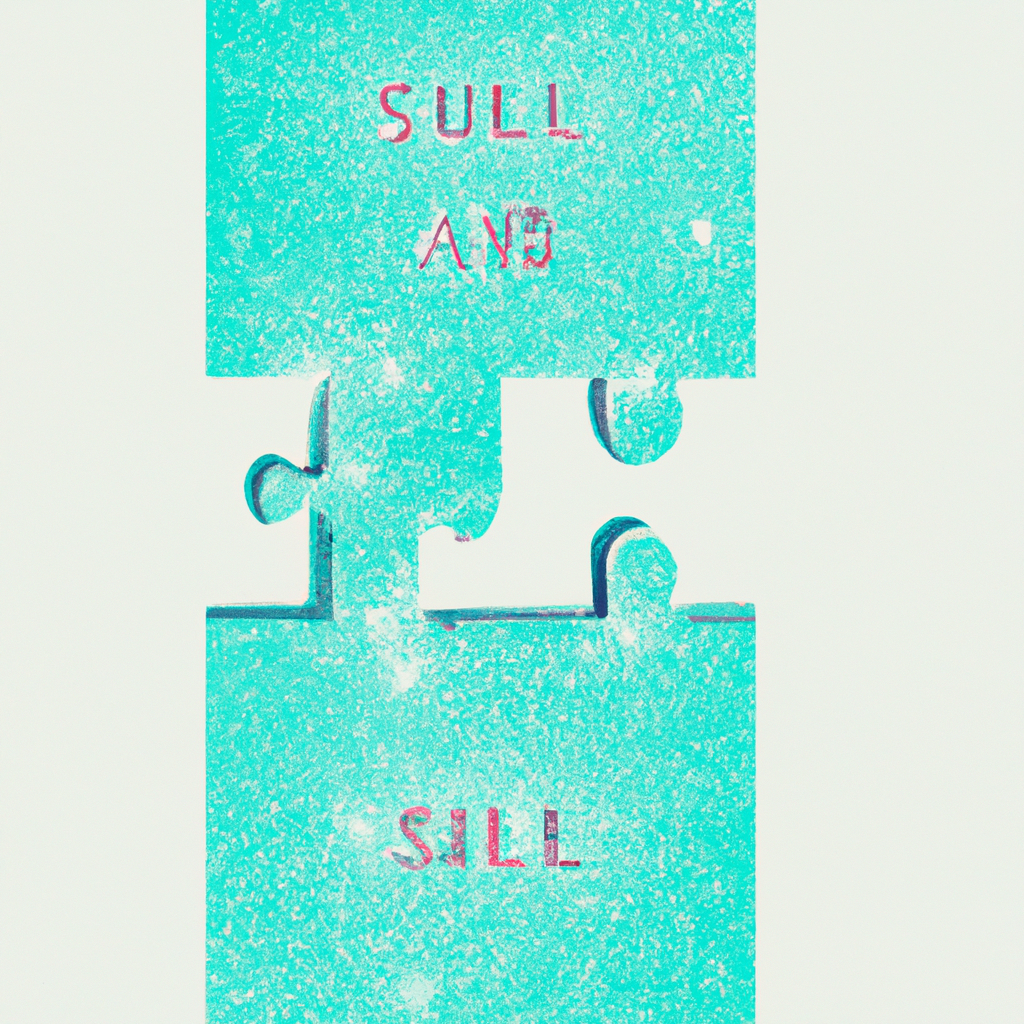
In the realm of love, navigating a long-distance relationship can be a daunting task. But what about gay long-distance relationships? It is important to acknowledge that these relationships come with their own set of unique challenges. From the struggle of maintaining emotional intimacy across physical distances to managing societal pressures and expectations, gay couples in long-distance relationships face hurdles that are specific to their identity and orientation. This article will explore some of these distinct challenges, shedding light on the resilience and strength of the LGBTQ+ community in love.
Lack of Physical Intimacy
Limited opportunities for physical touch
In a long-distance relationship, one of the main challenges faced by gay couples is the lack of physical intimacy. Being physically close to your partner is an essential part of any romantic relationship, and not being able to experience that on a regular basis can be difficult. Hugs, kisses, and even simple acts like holding hands become rare occurrences, leaving you longing for the physical connection that is so important for emotional and mental well-being.
Emotional impact of physical distance
The emotional impact of physical distance cannot be underestimated. Being unable to cuddle up next to your partner when you’re feeling down or share a comforting touch can leave you feeling lonely and disconnected. Physical intimacy is not just about sexual satisfaction; it is also about feeling loved, cared for, and supported. Without this physical connection, you may find yourself yearning for the emotional support and comfort that can only be offered through physical touch.
Communication Difficulties
Time zone differences
One of the major hurdles in a gay long-distance relationship is dealing with time zone differences. With partners living in different parts of the world, managing communication can become challenging. Finding a time that works for both of you to have meaningful conversations and catch up on each other’s lives can be a struggle. It requires careful coordination and compromise to ensure that neither of you feels ignored or left out due to conflicting schedules.
Language and cultural barriers
Another communication challenge in a gay long-distance relationship can arise due to language and cultural differences. If you and your partner are from different countries or speak different native languages, miscommunication or misunderstandings can occur more easily. It may take extra effort to express yourselves accurately or to understand the nuances of each other’s languages and cultural references. Patience, openness, and a willingness to learn and adapt are crucial to overcoming these barriers.
Reliance on technology
In today’s digital age, long-distance relationships rely heavily on technology for communication. While technology has made it easier to stay connected, there can still be technical hiccups or connectivity issues that can hinder effective communication. Poor video quality or dropped calls can frustrate your efforts to have meaningful conversations with your partner, leaving you feeling disconnected and unsatisfied. It’s important to find reliable communication platforms and have backup plans for when technology fails.
Importance of effective communication
With physical distance limiting face-to-face interactions, effective communication becomes even more crucial in a gay long-distance relationship. Clear and open communication is essential to ensure that both partners feel heard, understood, and supported. Being able to openly discuss expectations, concerns, and desires can help prevent misunderstandings and strengthen the bond between you. It is important to make an effort to communicate frequently and genuinely with your partner, even if it means going the extra mile to bridge the distance.

Trust and Jealousy
Insecurity and jealousy
Trust is the foundation of any successful relationship, and in a long-distance relationship, it becomes even more critical. The physical distance between partners can lead to feelings of insecurity and jealousy. It’s natural to feel a twinge of jealousy when your partner spends time with new friends or parties without you. The fear of missing out on important moments can intensify these feelings, making it essential for both partners to openly address their insecurities and find ways to build trust.
Building and maintaining trust
Building and maintaining trust in a gay long-distance relationship requires effort from both partners. Open and honest communication, frequent reassurance, and setting clear boundaries can all help nurture trust. It’s crucial to be transparent about your actions, intentions, and interactions with others. Consistency and reliability in your words and actions can go a long way in building trust and reestablishing it if it has been shaken. Trust takes time to develop, but with patience and dedication, it can strengthen the foundation of your relationship.
Suspicion and doubts
Despite the best efforts, suspicion and doubts can still creep into a gay long-distance relationship. The absence of physical presence can create opportunities for overthinking and misinterpreting situations. It’s important to address these doubts head-on by openly discussing your concerns and seeking reassurance from your partner. Trust is a continuous process, and it requires ongoing effort and willingness to address and resolve any issues that might arise.
Financial Strain
Travel expenses
One of the most obvious challenges in a gay long-distance relationship is the financial strain caused by traveling to see each other. Plane tickets, accommodation, and other travel expenses can quickly add up, causing financial stress for both partners. The cost of frequent visits can create a significant burden, especially if both partners have limited financial resources. Finding ways to manage travel expenses, such as planning in advance or exploring budget-friendly options, can help alleviate the financial strain.
Higher costs of maintaining two households
In addition to travel expenses, maintaining two households can also contribute to the financial strain in a gay long-distance relationship. Rent, utilities, groceries, and other living expenses can quickly pile up, especially if the partners are living in different cities or countries with different costs of living. Balancing the financial responsibilities and finding ways to manage expenses efficiently can help lessen the financial burden and ensure that both partners are able to contribute fairly.
Unequal financial burden
Financial strain in a gay long-distance relationship can lead to an unequal financial burden. If one partner earns significantly more than the other or has more disposable income, it can create an imbalance in the relationship. This can be challenging as the partner with fewer financial resources might feel inadequate or incapable of contributing equally. It is important to have open and honest conversations about finances, expectations, and finding ways to share the financial responsibilities in a fair and understanding manner.

Social Isolation
Lack of social support networks
Being in a gay long-distance relationship can often mean being physically separated from the social support networks that are crucial for emotional well-being. Friends, family, and the broader LGBTQ+ community can provide a sense of belonging and affirmation. Without physical proximity to these support networks, you may often find yourself feeling socially isolated. It’s important to make an effort to connect with the local LGBTQ+ community or seek online support groups to combat this sense of isolation.
Limited opportunities for shared social activities
Sharing social activities with your partner is an important aspect of any relationship, but in a gay long-distance relationship, these opportunities may be limited. Attending events, parties, or even just spending relaxed evenings with friends as a couple can become rare occurrences. Finding creative ways to engage in shared social activities, such as virtual game nights or online movie streaming parties, can help bridge the distance and create shared experiences even when physically apart.
Feeling out of place in each other’s communities
When you are in a long-distance relationship, you may find yourself feeling out of place in your partner’s community or vice versa. The lack of familiarity and connections in each other’s cities or countries can make you feel like an outsider. Establishing connections with your partner’s friends, community, or local LGBTQ+ organizations can help you feel more integrated and accepted. Embracing each other’s cultures and actively seeking to understand and participate in your partner’s community can strengthen your relationship and sense of belonging.
Sexual Frustration
Physically satisfying needs while apart
Sexual frustration is a common challenge in any long-distance relationship, and gay long-distance relationships are no exception. The absence of physical intimacy can leave you yearning for sexual connection and satisfaction. Exploring ways to satisfy your physical needs while apart, such as engaging in video chats or phone sex, can help alleviate some of the sexual frustration. Open and honest communication about your desires, fantasies, and expectations is crucial to maintain a healthy sexual connection.
Challenges of maintaining sexual connection
Maintaining a satisfying sexual connection in a gay long-distance relationship can be challenging. The inability to explore new experiences, try new things, or physically connect with your partner can affect your sexual bond. It requires creativity and effective communication to keep the sexual connection alive. Sharing fantasies, trying new sex toys over video calls, or even sending each other erotic messages can help maintain the excitement and desire until you can be physically together again.
Different sexual needs and desires
Even in a long-distance relationship, it’s possible for partners to have different sexual needs and desires. Each individual has their own preferences and expectations when it comes to sexual intimacy. It’s important to openly discuss and understand each other’s needs and desires to ensure both partners feel satisfied and fulfilled. Mutual respect, compromise, and a willingness to explore and adapt are key to overcoming any differences and maintaining a healthy sexual connection.
Emotional Rollercoaster
Loneliness and longing
Being physically separated from your partner in a long-distance relationship can result in intense feelings of loneliness and longing. Moments of missing their touch or wishing they were there to share your joys and sorrows can evoke strong emotions. It’s important to acknowledge and validate these feelings, allowing yourself to experience them fully. Finding healthy coping mechanisms, such as leaning on friends and engaging in self-care activities, can help manage the emotional rollercoaster that comes with being in a long-distance relationship.
Emotional highs and lows of reunions
Reunions after long periods of separation can bring about a rollercoaster of emotions. The excitement and happiness of finally being reunited can be overwhelming, but so can the sadness and anxiety of anticipating the next goodbye. The emotional highs and lows of reunions can be both thrilling and exhausting. It’s important to communicate openly during these times, expressing your emotions and providing support to your partner. Celebrating your time together and making the most of it can help you navigate the emotional rollercoaster more smoothly.
Difficulty in managing emotions
Distance can amplify emotions, making it more challenging to manage and regulate them. In a gay long-distance relationship, it’s important to be aware of your emotions and work on understanding and channeling them in healthy ways. Developing personal coping strategies, seeking support from friends or therapists, and engaging in self-reflection can all contribute to better emotional management. Being open with your partner about your emotional state and leaning on them for support can also help navigate the difficulties of managing emotions while physically apart.
Future Uncertainty
Long-term plans and commitment
The future of a long-distance relationship can be filled with uncertainty. It requires open and honest conversations about long-term plans and commitment. Discussing your goals, aspirations, and desires for the relationship can help align both partners’ expectations and ease anxiety about the future. Developing a shared vision and committing to work towards it can strengthen the bond and provide a sense of stability and direction.
Moving in together or relocating
One of the ultimate goals for many long-distance couples is to eventually live together. However, the decision to move in together or relocate comes with its own set of challenges. It requires careful consideration of practical factors such as job opportunities, visa restrictions, and financial feasibility. Both partners should openly discuss their expectations, preferences, and concerns, ensuring that the decision is made collaboratively and with mutual understanding.
Uncertainty about the relationship’s future
Uncertainty about the future is a common challenge in any long-distance relationship. Doubts and worries can arise about whether the relationship will survive the physical distance in the long run. It’s important to openly address these concerns and work towards building trust and reassurance. Regularly revisiting and reaffirming your commitment to the relationship can help combat doubts and provide a solid foundation for the future.
Lack of Shared Experiences
Missing out on daily activities
Being physically separated means missing out on the day-to-day experiences that couples in non-long-distance relationships often take for granted. Simple activities like cooking together, going grocery shopping, or even just watching a movie can become rare occurrences. Feeling like you are not fully living and sharing your life with your partner can create a sense of disconnection. It’s important to find ways to involve your partner in your daily activities through virtual means, such as sharing photos or videos, to bridge the gap and maintain a sense of shared experiences.
Different life experiences and growth
Living in different cities or countries can result in different life experiences and personal growth for each partner. The absence of shared experiences can lead to a sense of disconnect and difficulty in relating to each other’s lives. It’s important to stay updated on each other’s personal journeys, actively engaging in conversations about your individual growth and experiences. Being genuinely interested and supportive of each other’s endeavors can help bridge the gap and strengthen your connection.
Feeling disconnected from each other’s lives
In a gay long-distance relationship, it’s not uncommon to feel disconnected from each other’s lives. Not being physically present means missing out on important events, milestones, or even minor day-to-day occurrences. It can make you feel like an outsider, struggling to truly understand and be a part of your partner’s life. Regular and meaningful communication, sharing photos and stories, and actively engaging with each other’s lives can combat this sense of disconnection and ensure that you both feel involved and included.
Fading Connection
Communication becoming routine
As time goes on and the long-distance relationship continues, it can be challenging to keep the communication fresh and engaging. The excitement of getting to know each other may fade, and conversations might become more routine and predictable. It’s important to make a conscious effort to keep the communication interesting and meaningful. This can involve asking open-ended questions, sharing new experiences, or even engaging in activities together, such as reading the same book or watching a TV series simultaneously and discussing it.
Loss of emotional intimacy
Physical distance can gradually lead to a loss of emotional intimacy in a gay long-distance relationship. The absence of daily physical interactions and the challenges of maintaining emotional connection can contribute to this loss. It’s crucial to find alternative ways to nurture emotional intimacy, such as writing heartfelt letters or planning surprise gifts, to keep the emotional bond strong. Regularly expressing your love and affection, even from a distance, can help maintain the emotional closeness you both need.
Growing apart over time
Time, physical distance, and the challenges of a long-distance relationship can contribute to partners growing apart over time. It’s important to be aware of this possibility and work actively to bridge the gap. Regularly reassessing and reaffirming your commitment, making time for quality conversations and shared experiences, and finding ways to keep the relationship exciting and fresh can help prevent growing apart. It requires effort and dedication from both partners to ensure that the connection remains strong despite the physical distance.
In conclusion, being in a gay long-distance relationship comes with its own set of unique challenges. From the lack of physical intimacy to the struggles of effective communication and managing trust and jealousy, these challenges can put a strain on the relationship. Financial strain, social isolation, sexual frustration, and emotional rollercoasters only add to the complexity. Uncertainty about the future, lack of shared experiences, and the potential for a fading connection further complicate matters. However, with open communication, trust, dedication, and a shared commitment, these challenges can be overcome. It’s important to remember that love knows no distance, and together, you can build a strong and thriving relationship, regardless of the physical distance between you.




